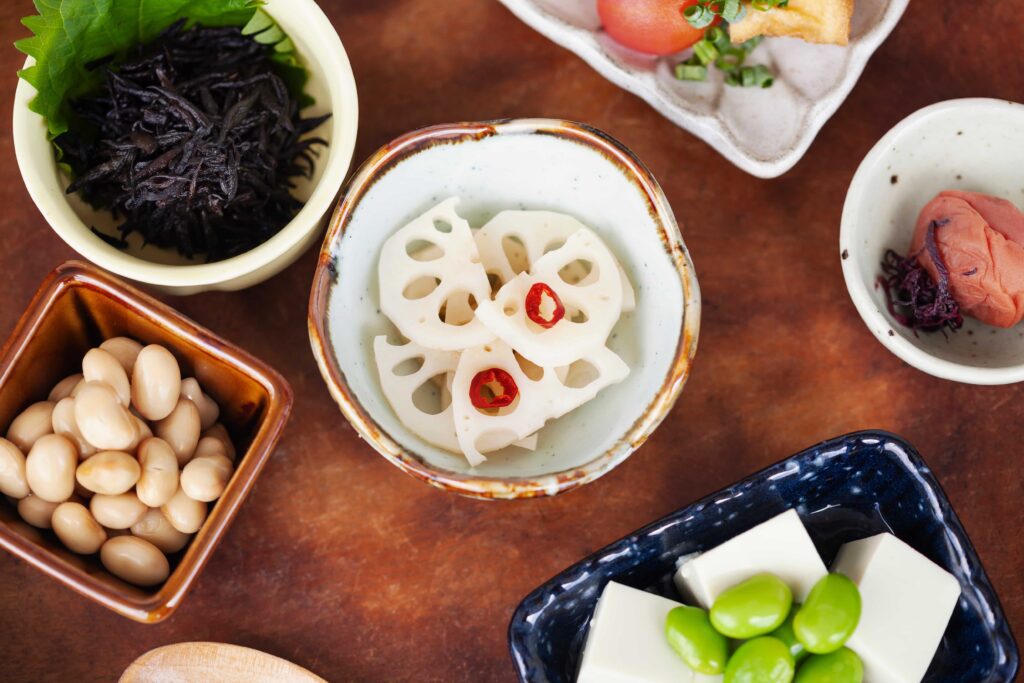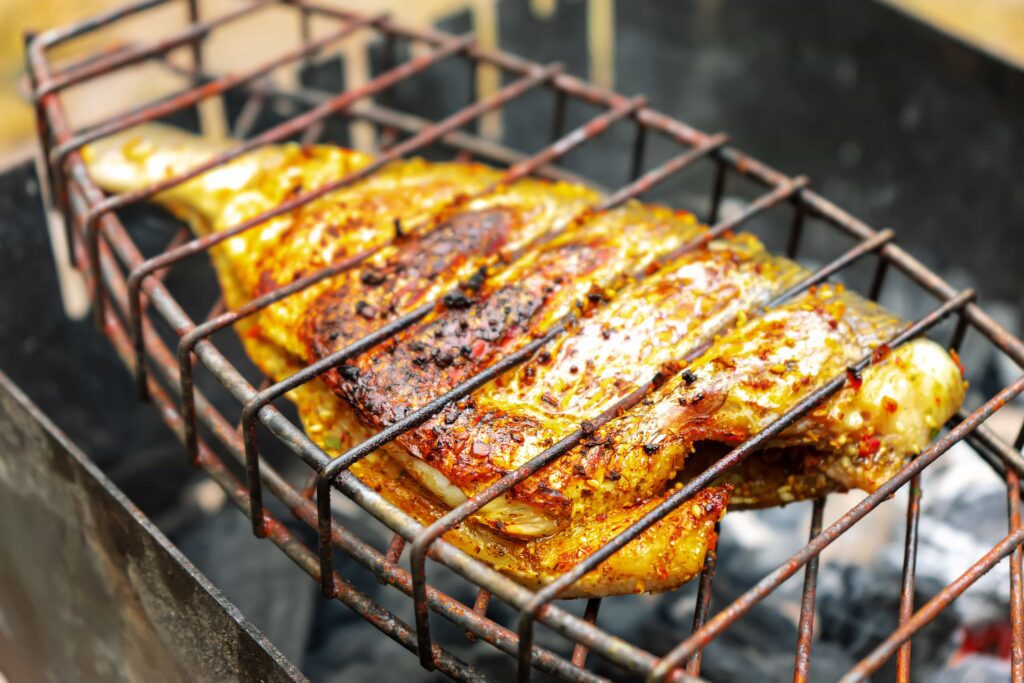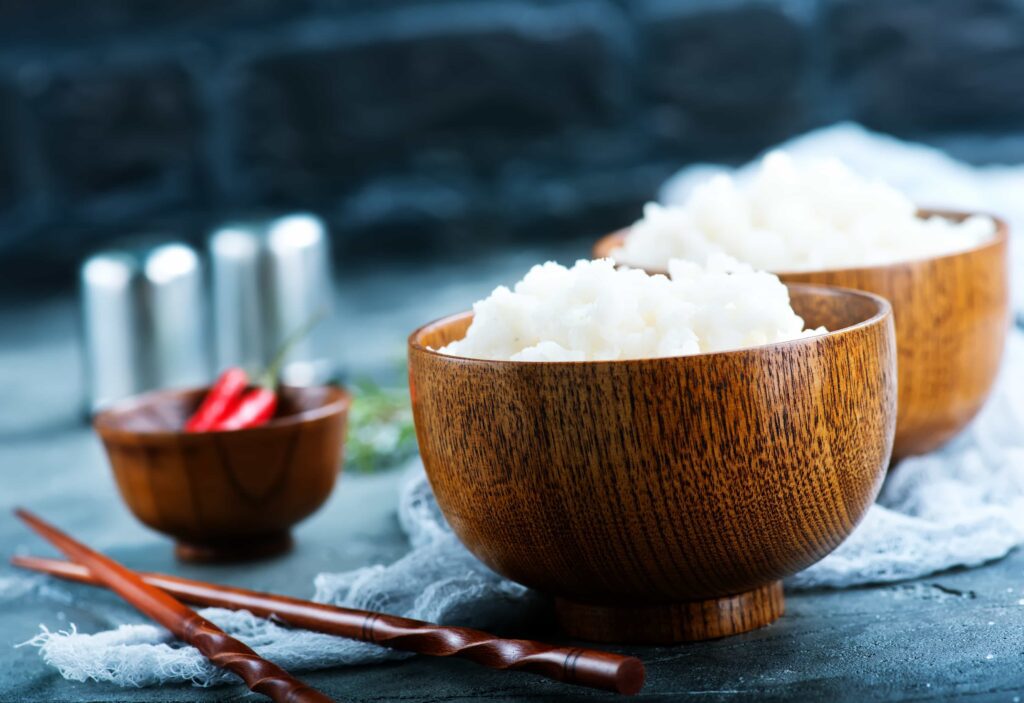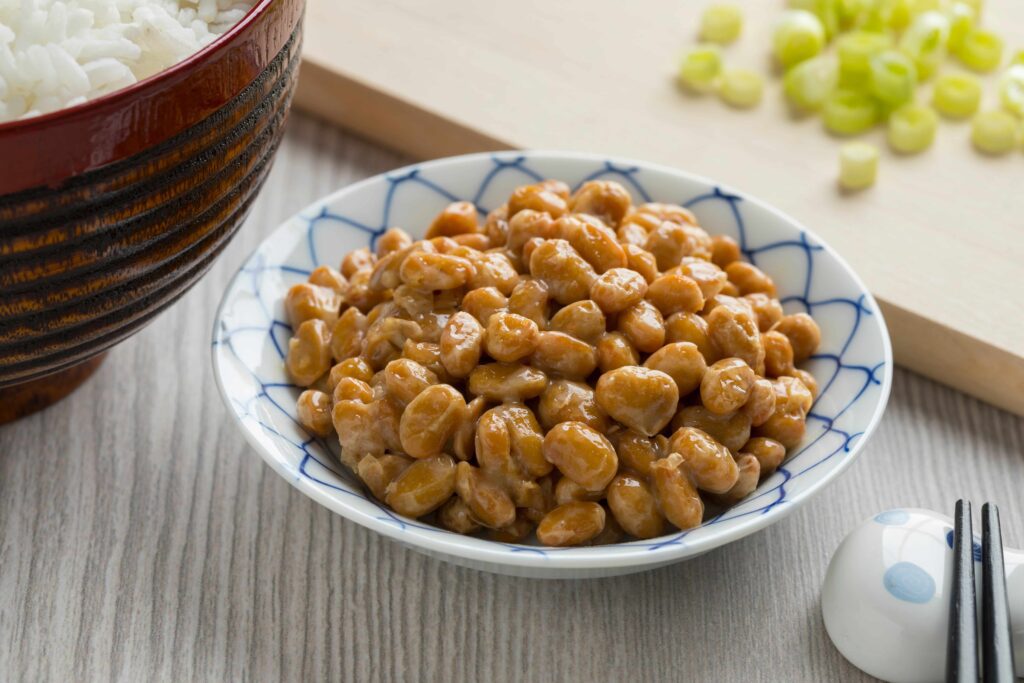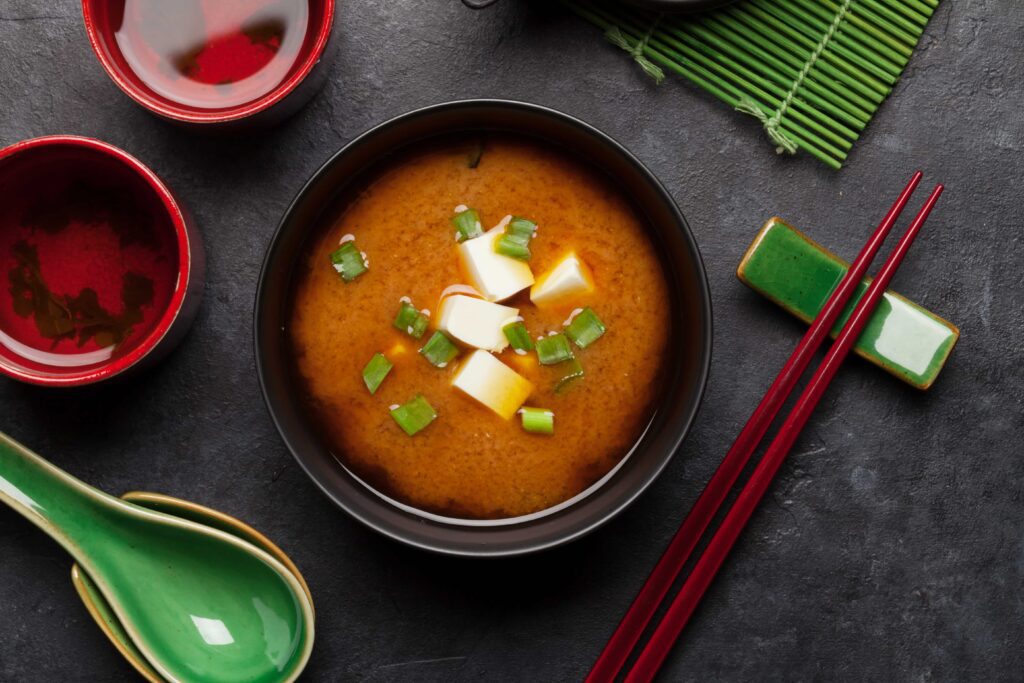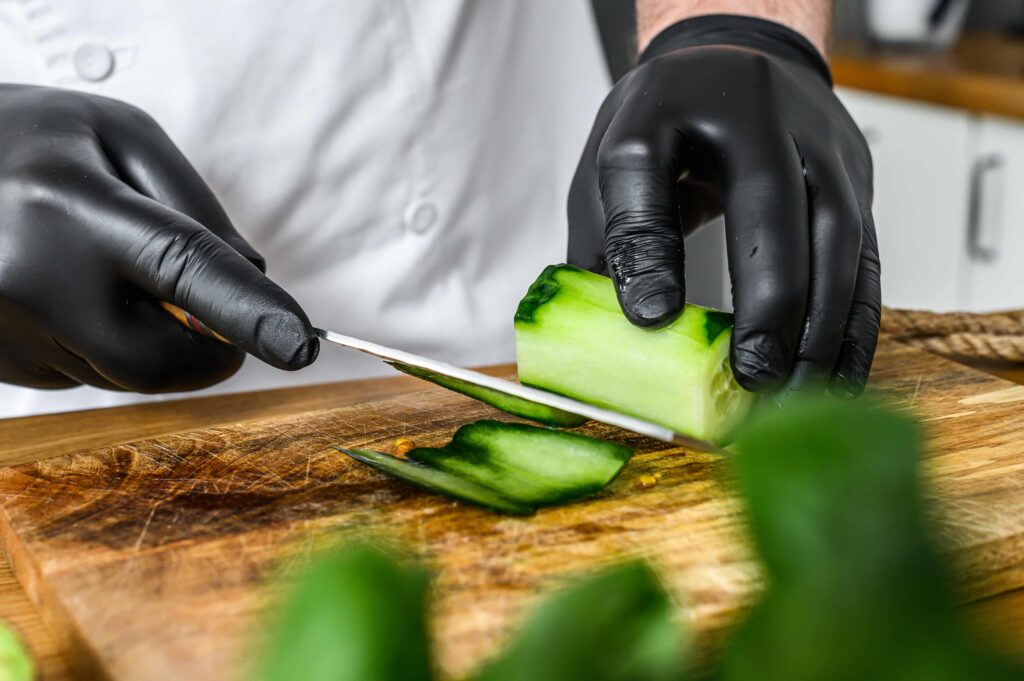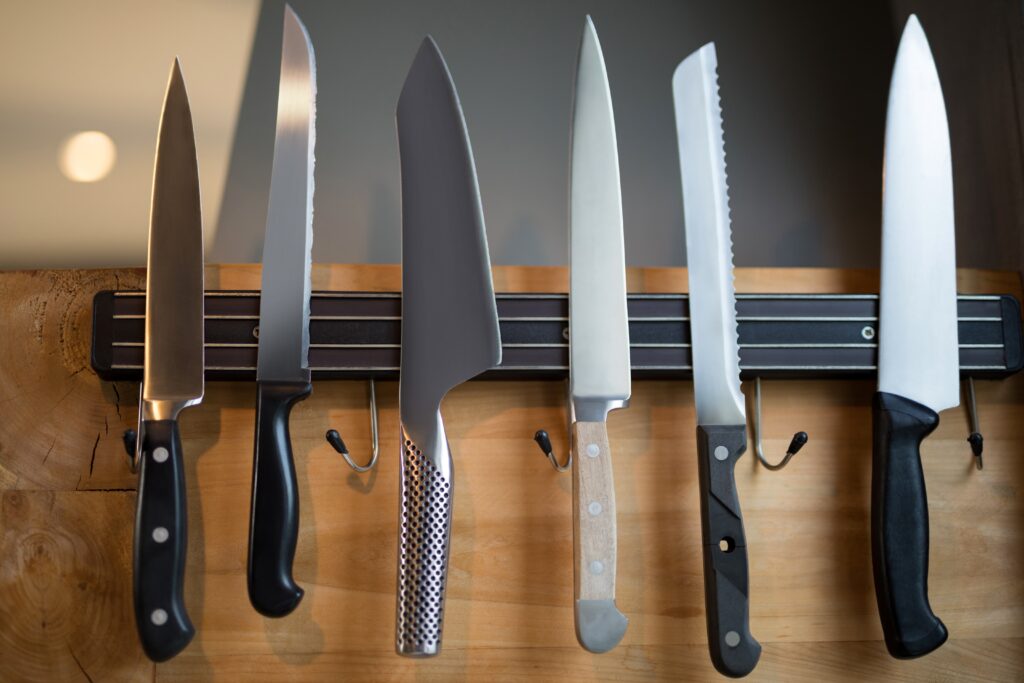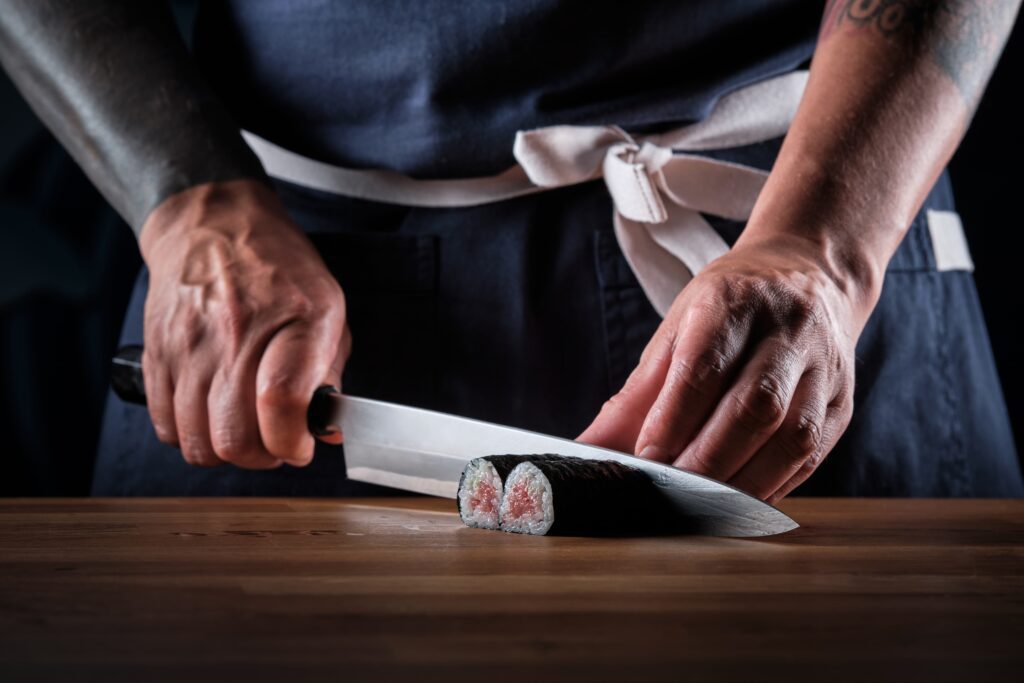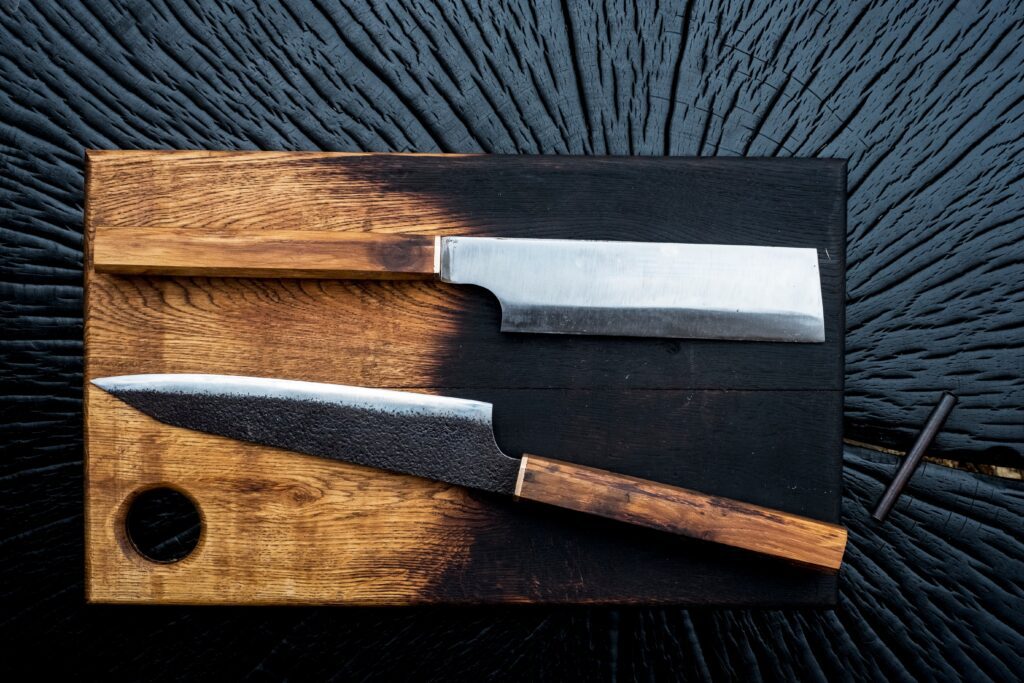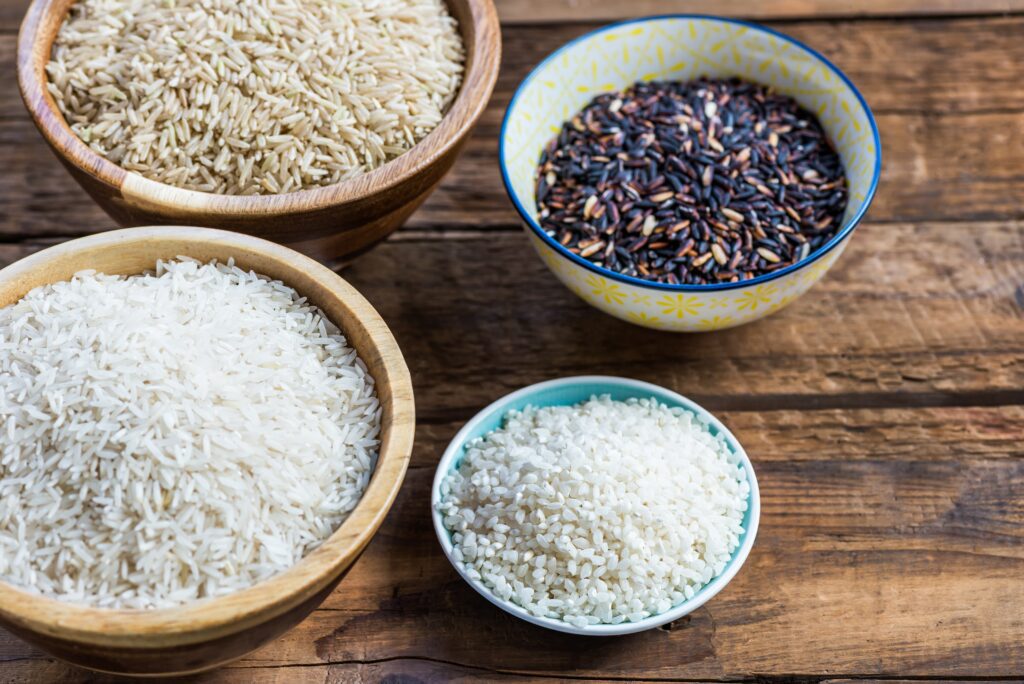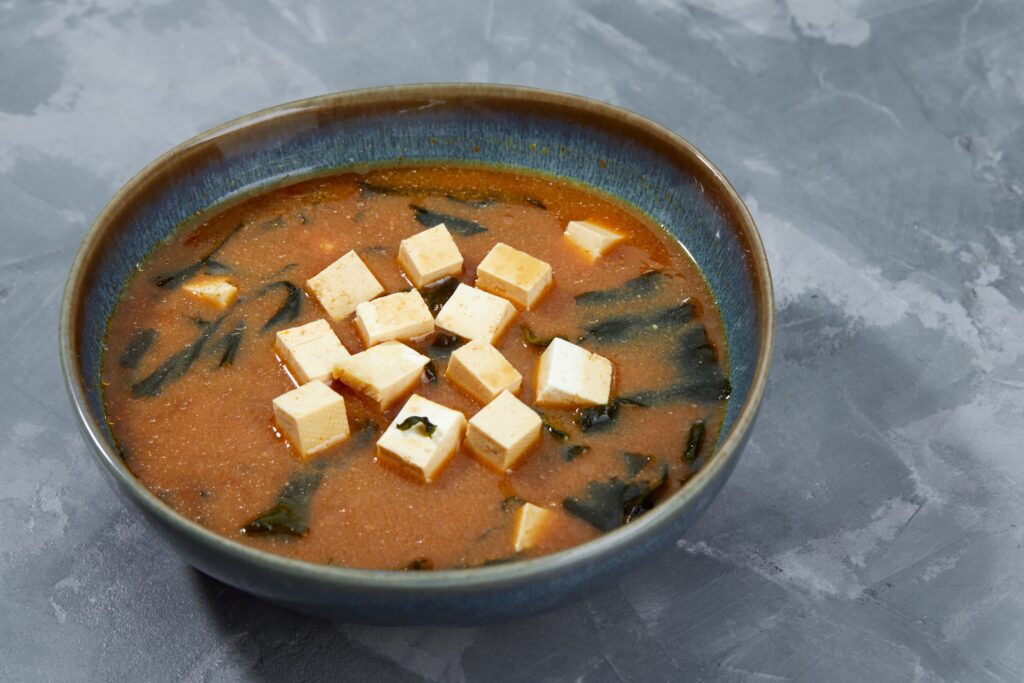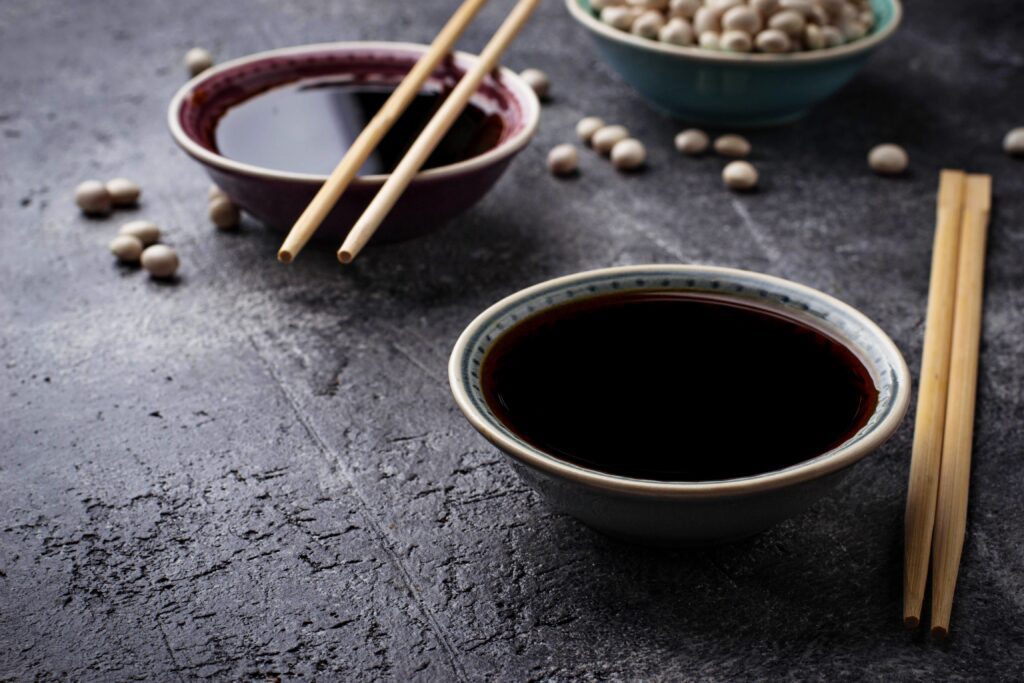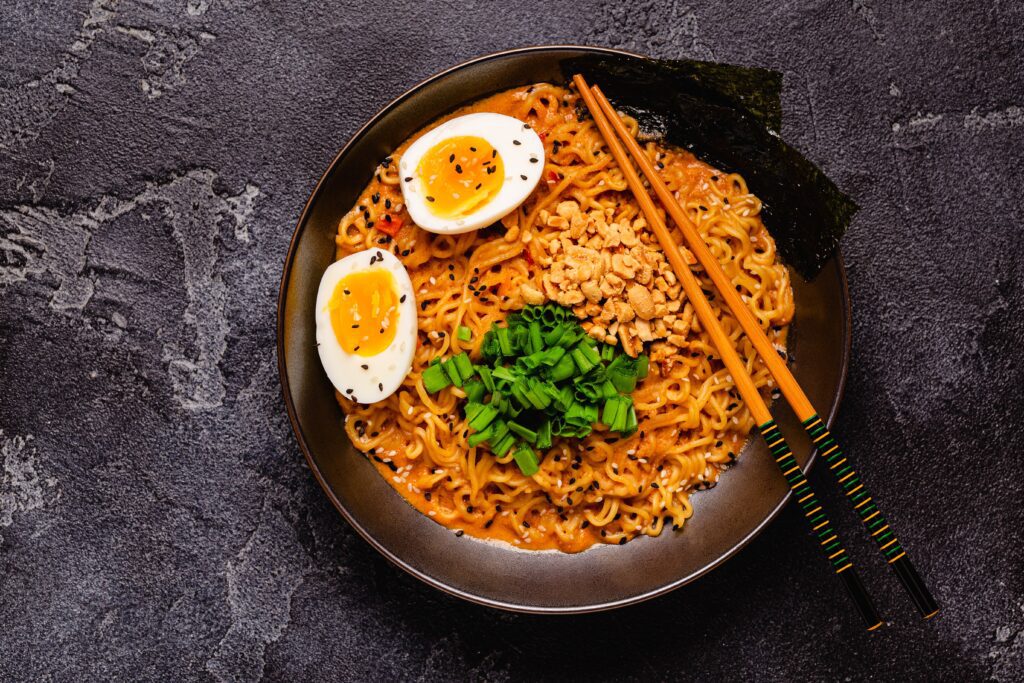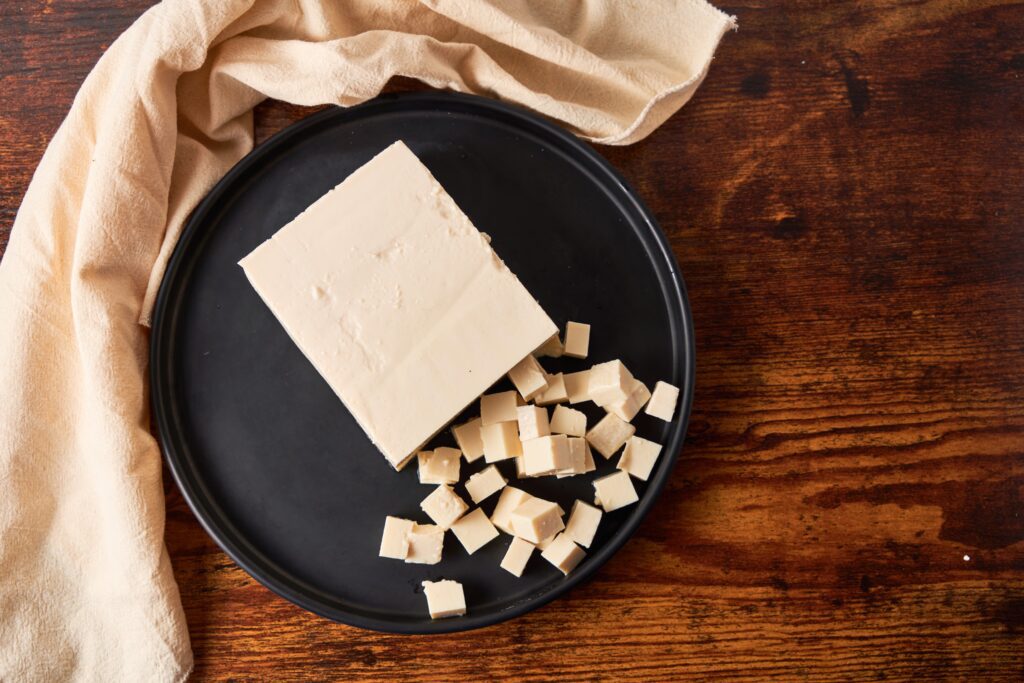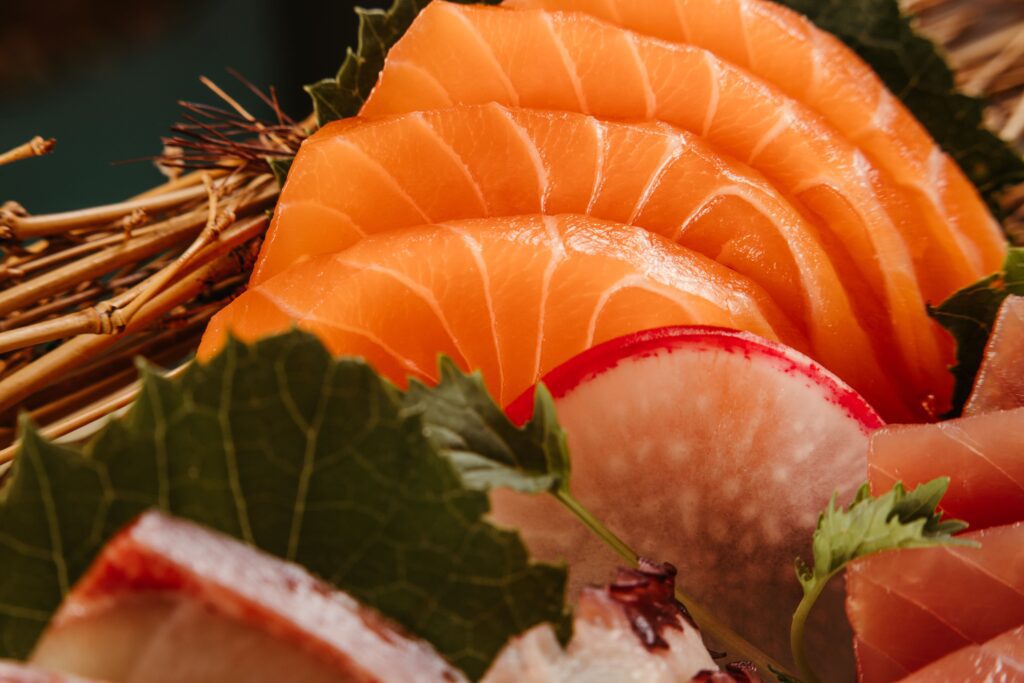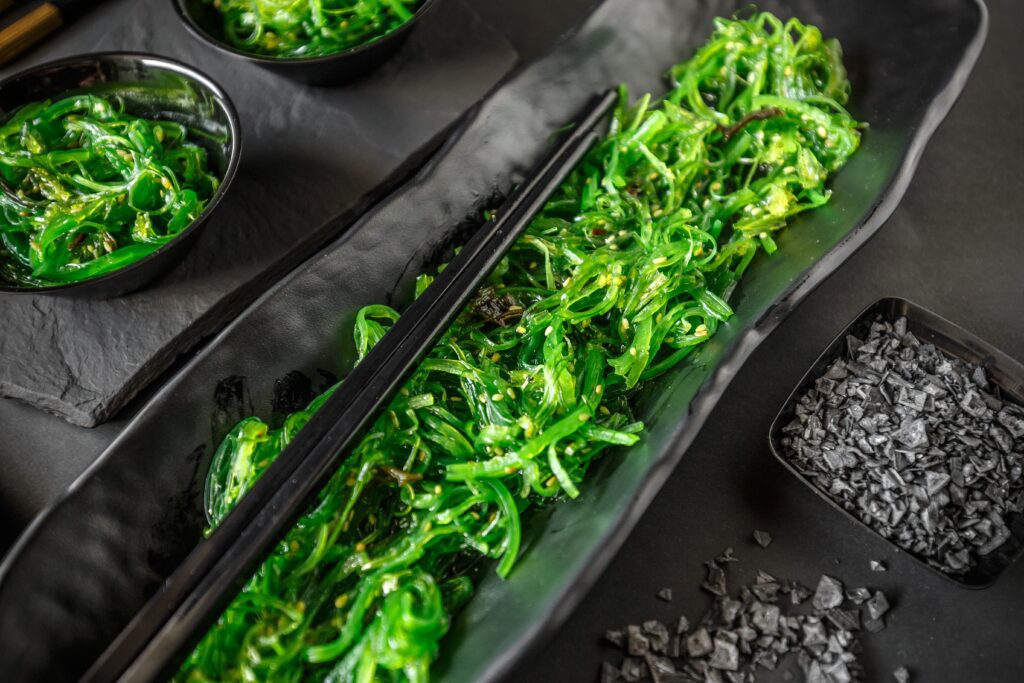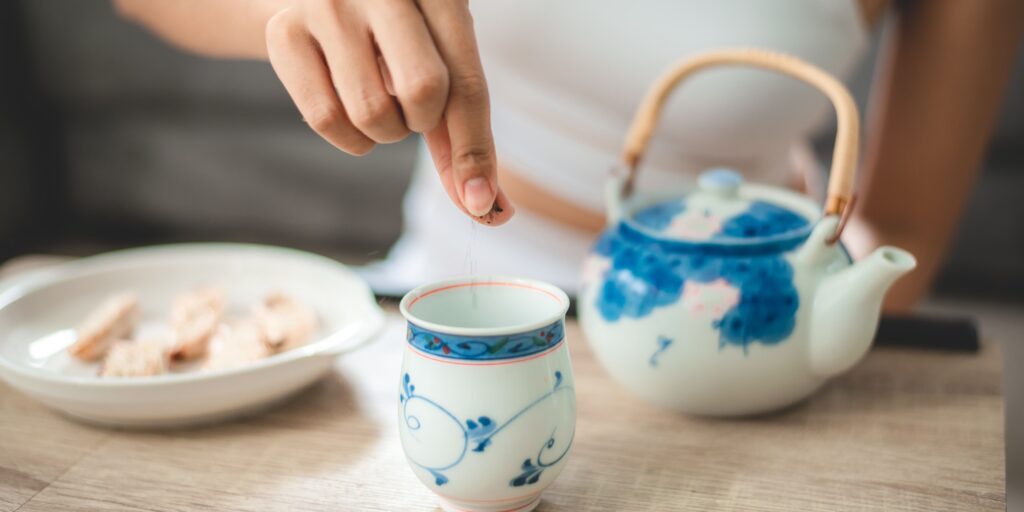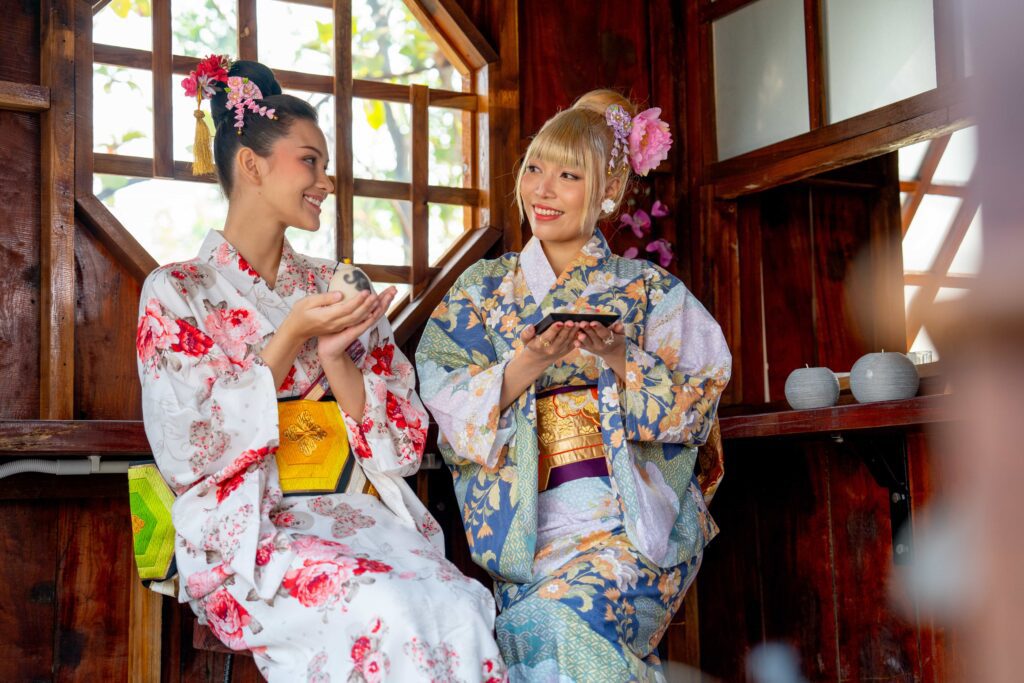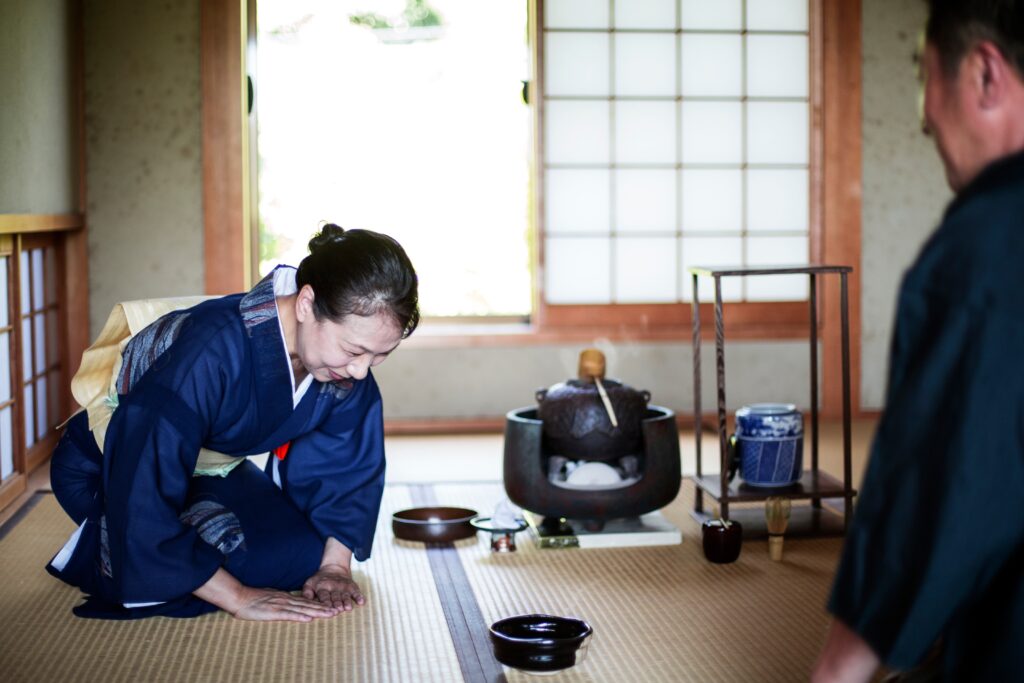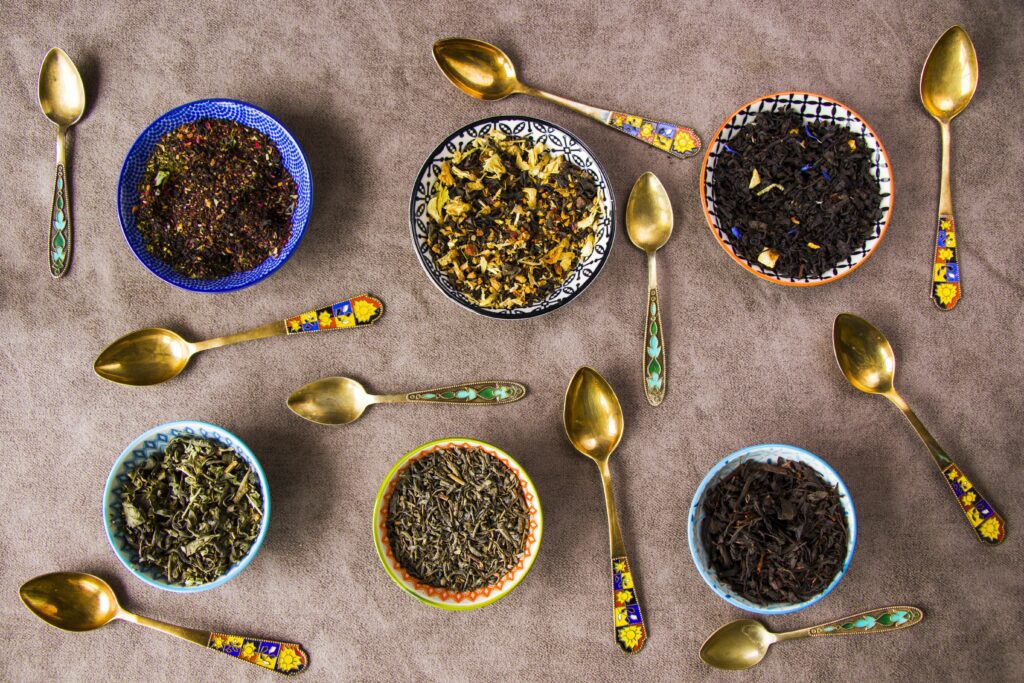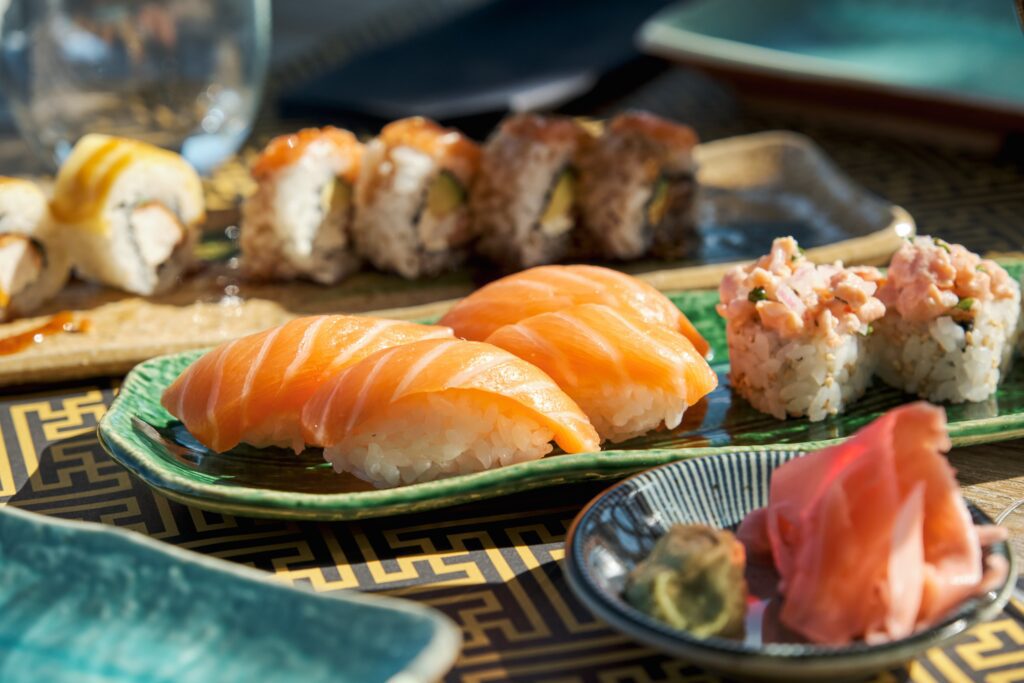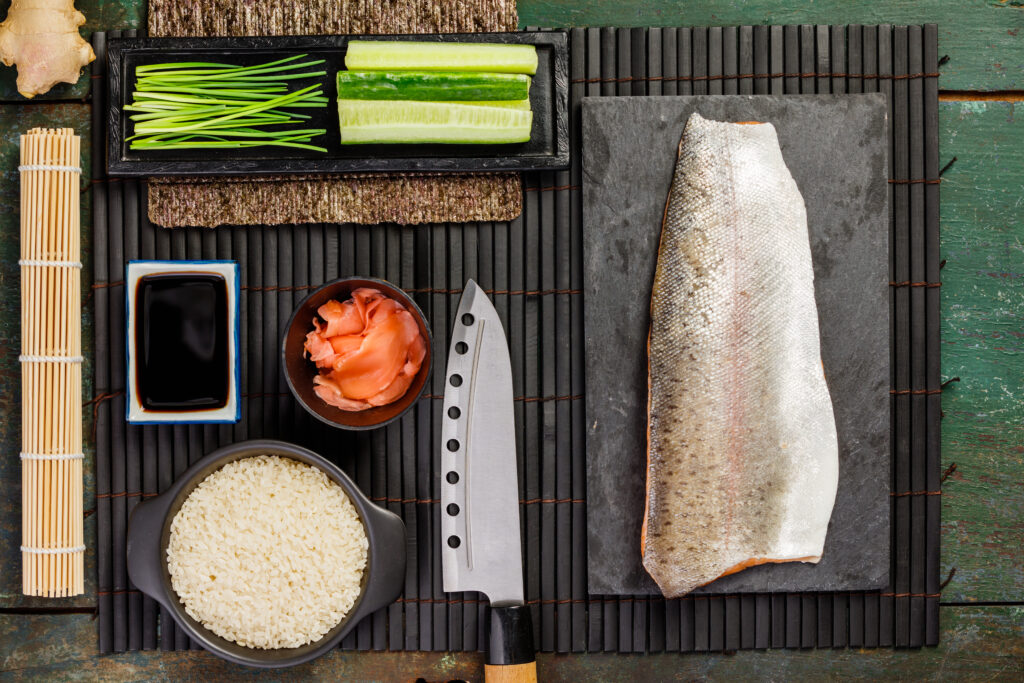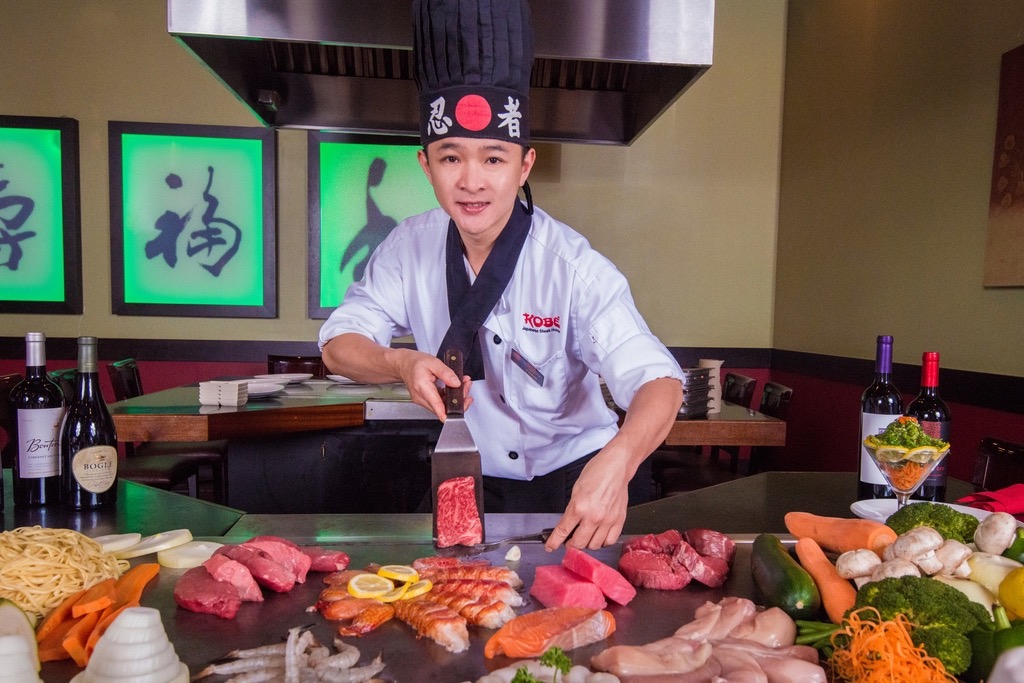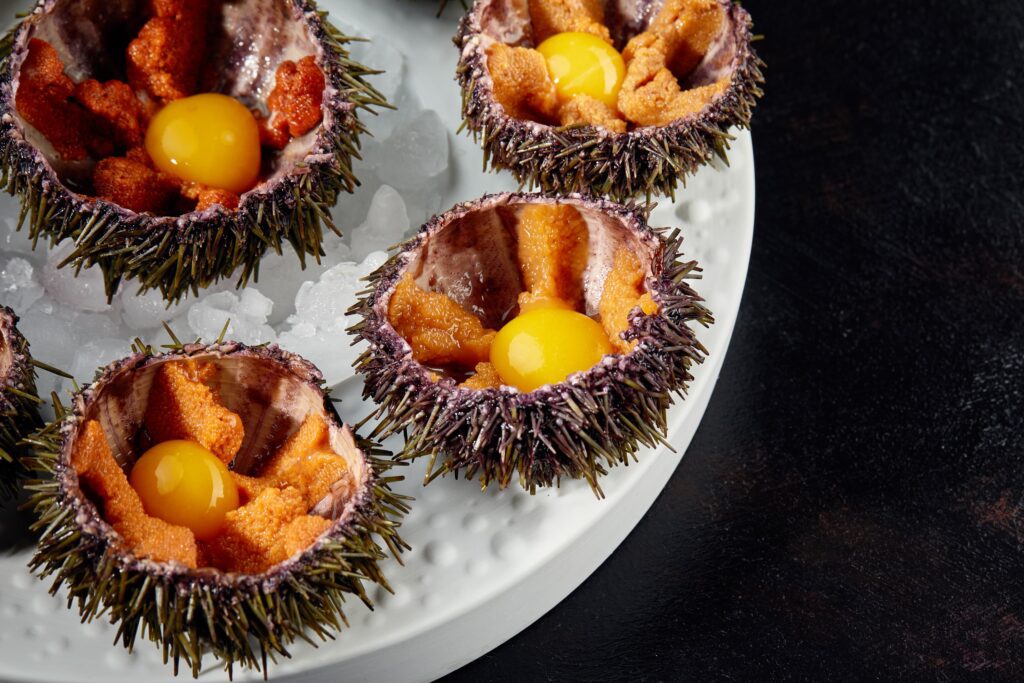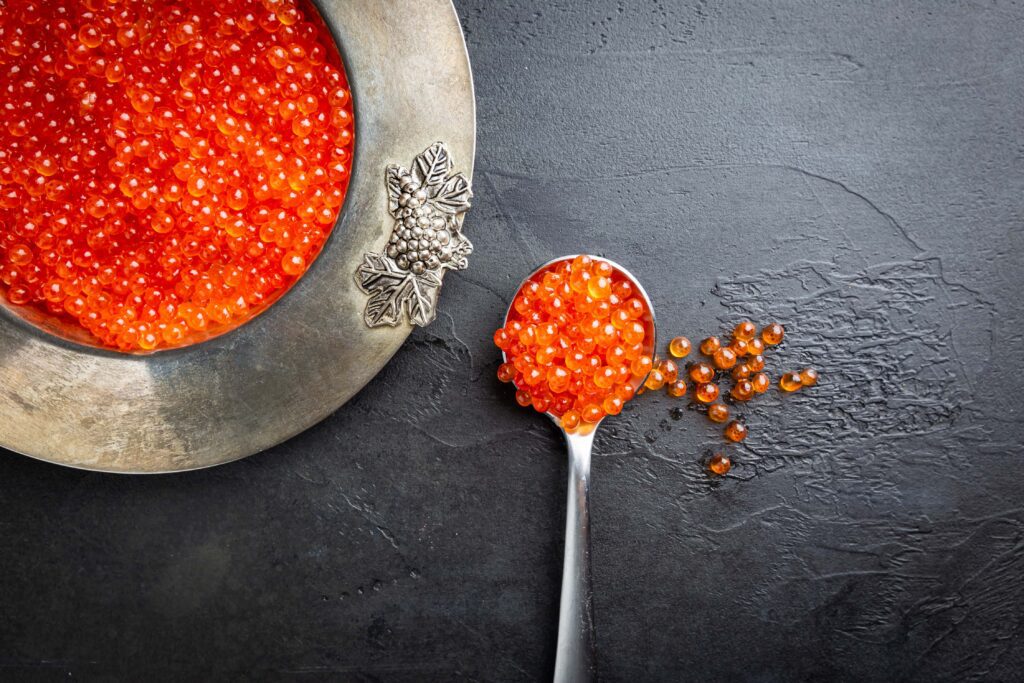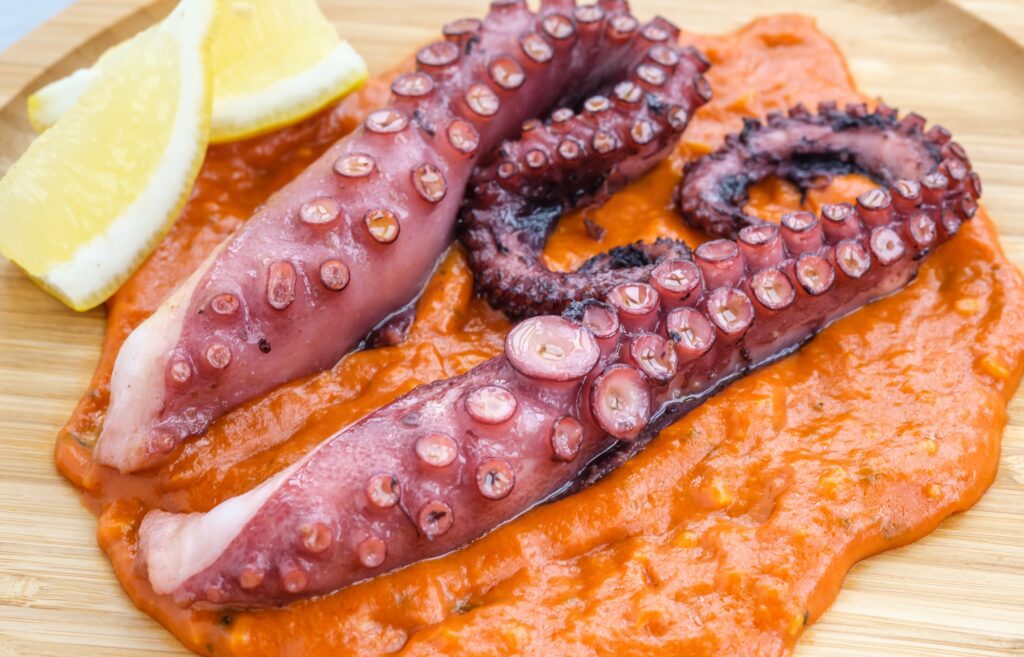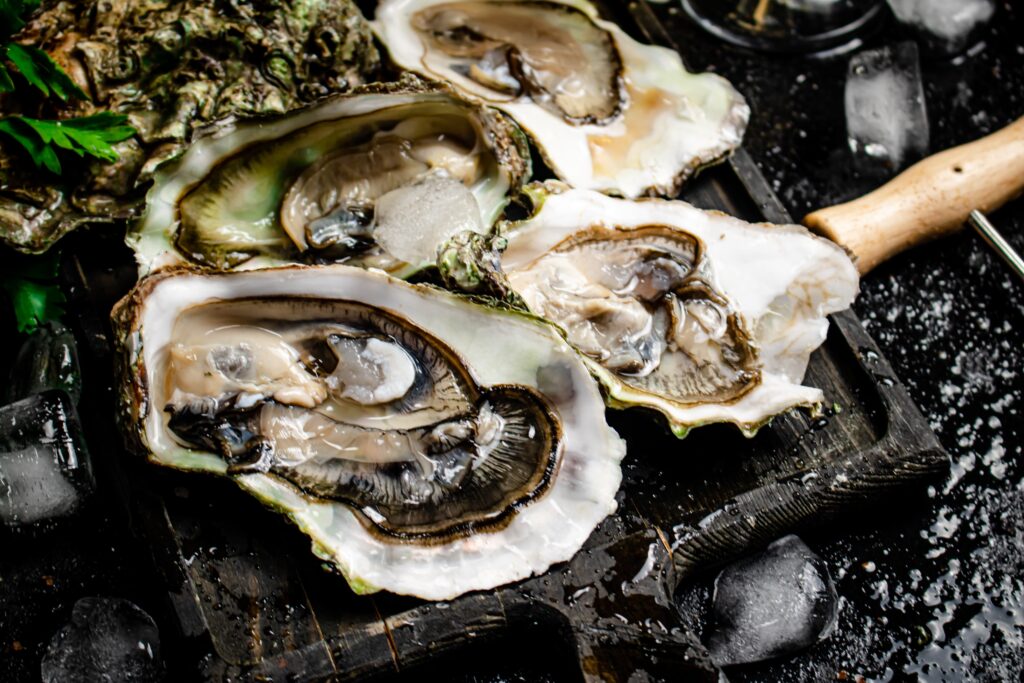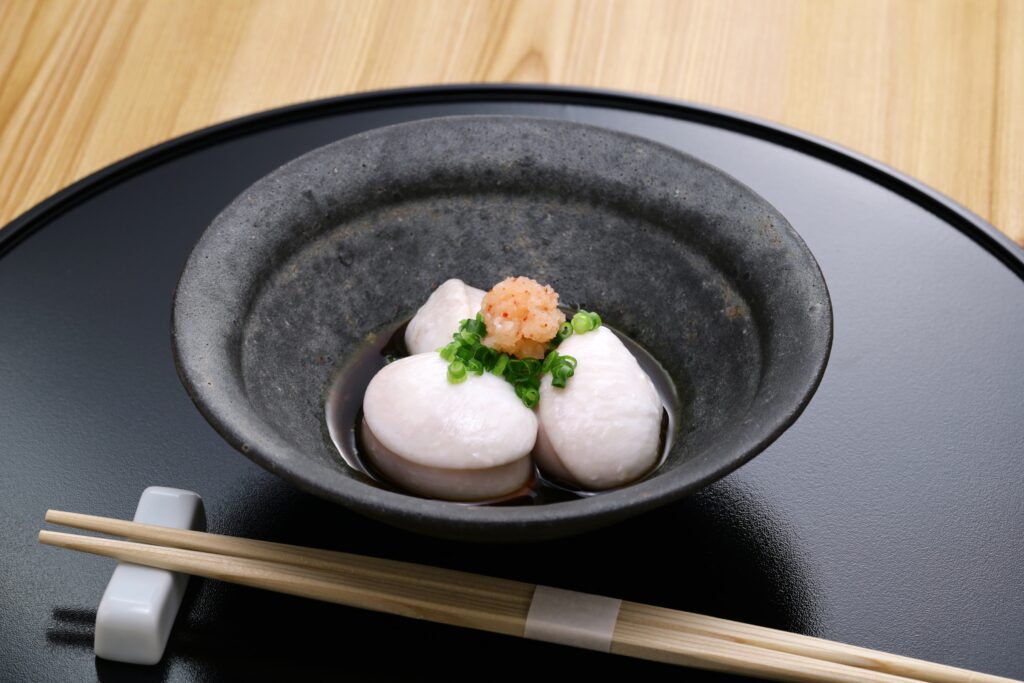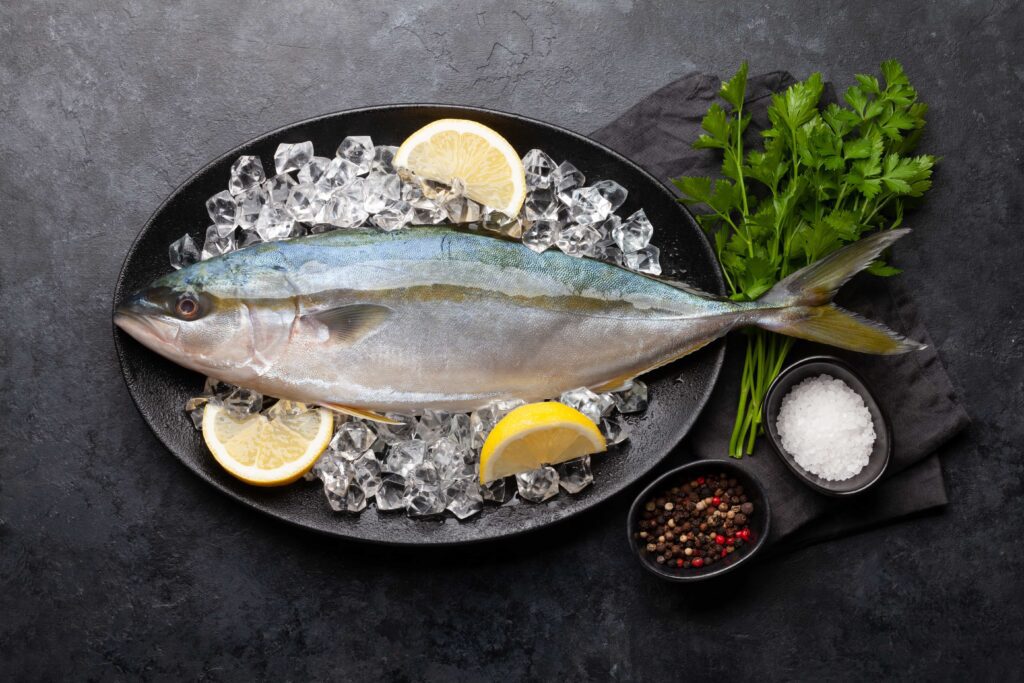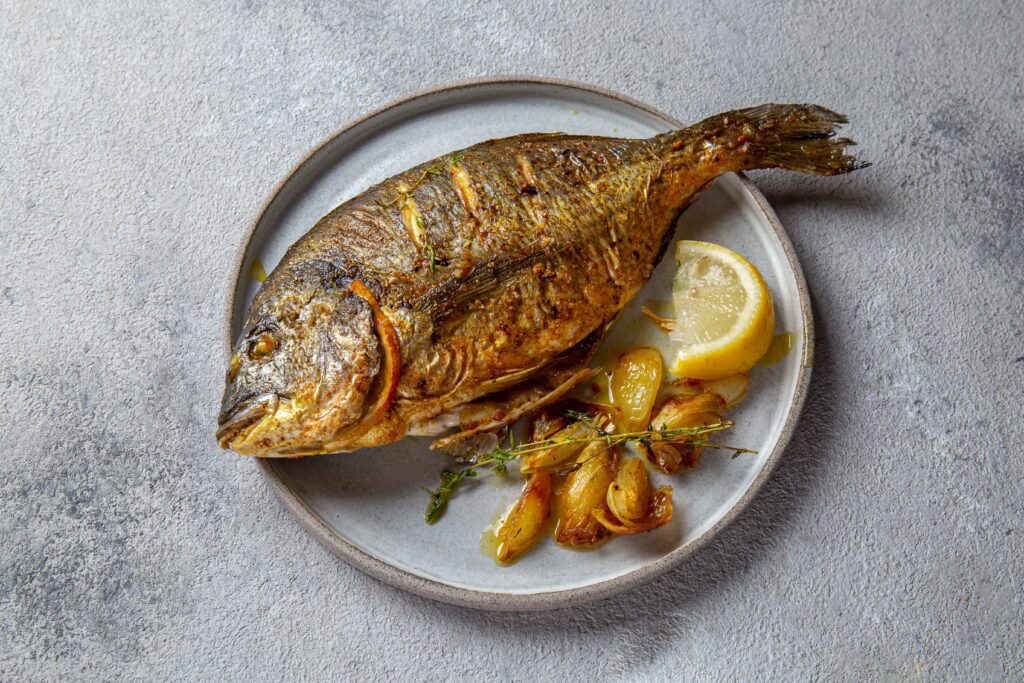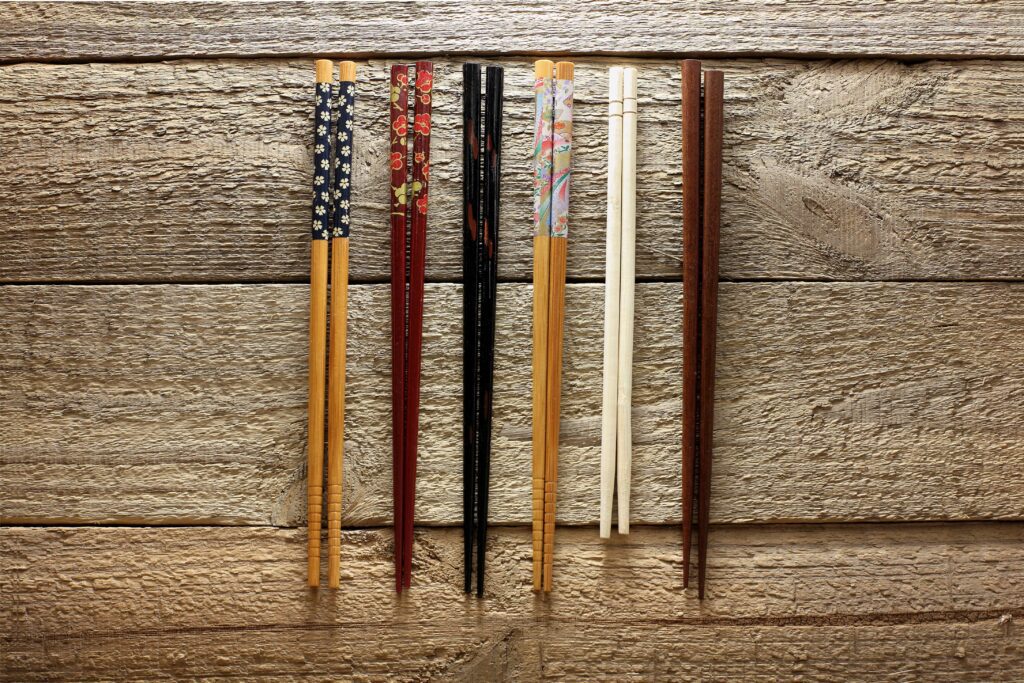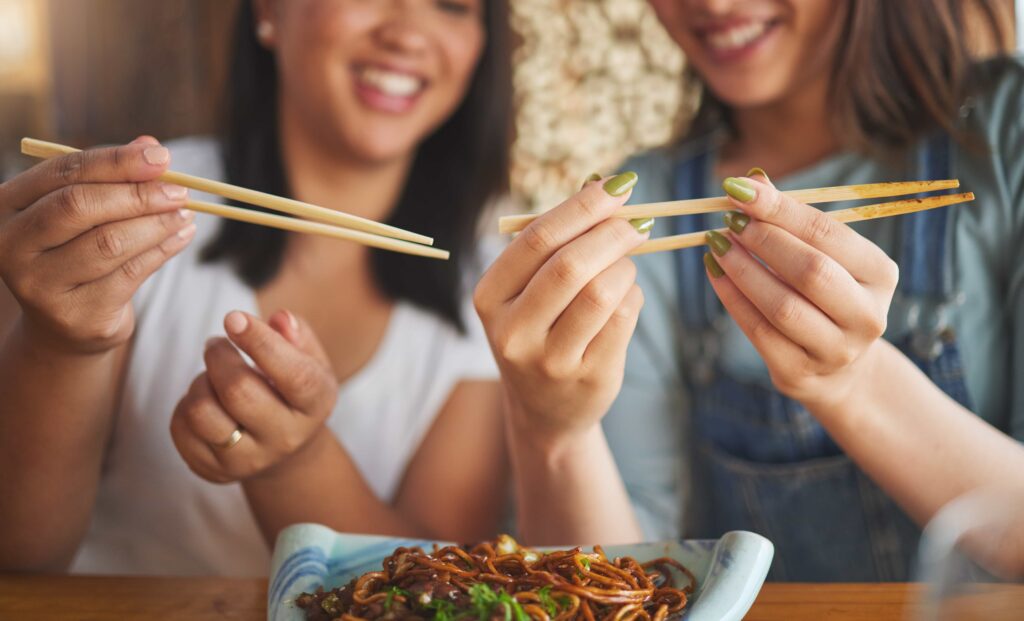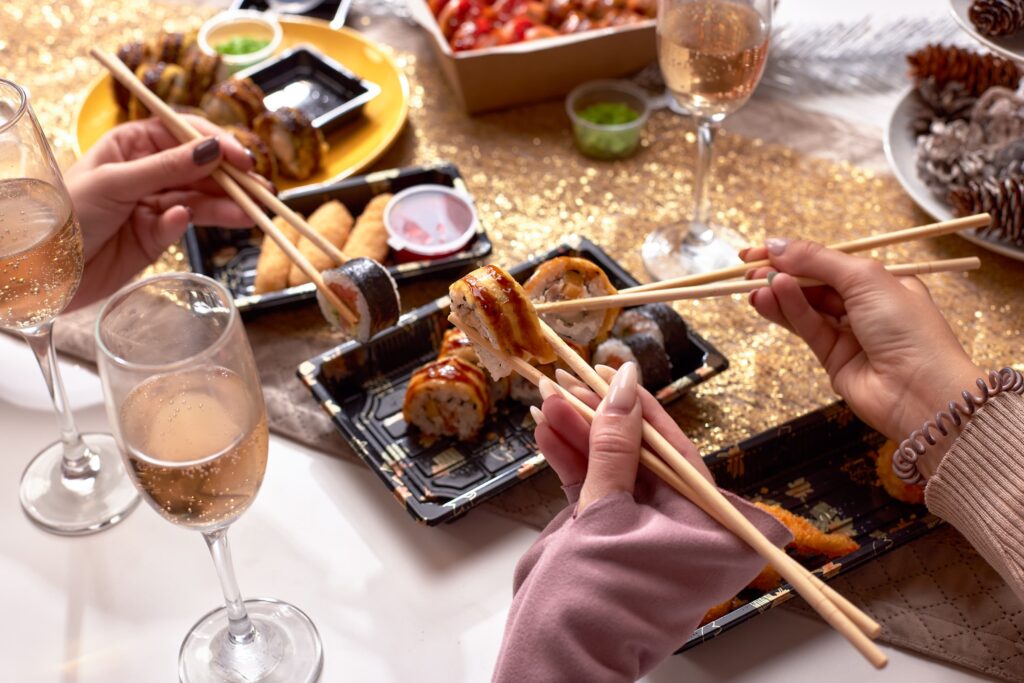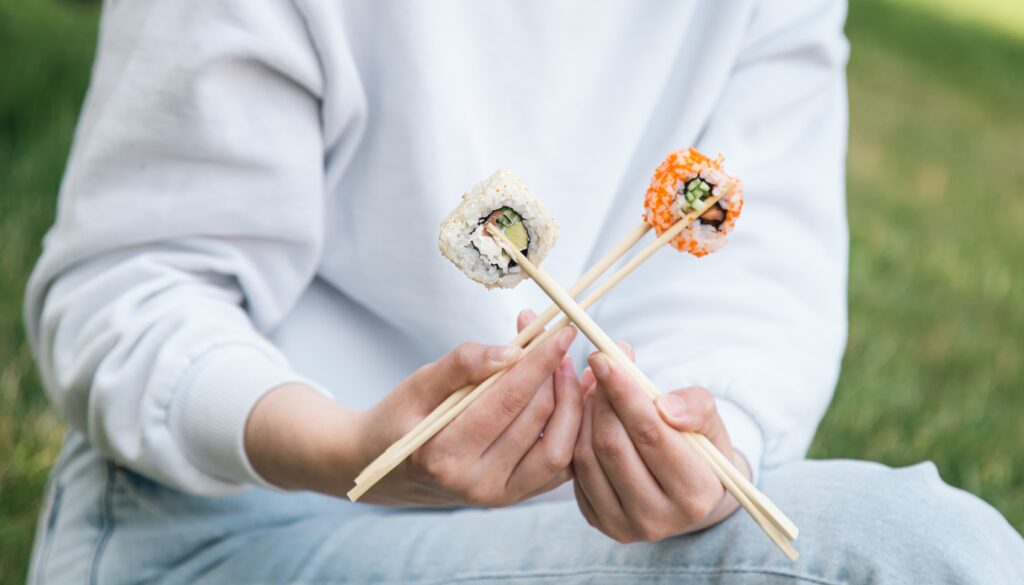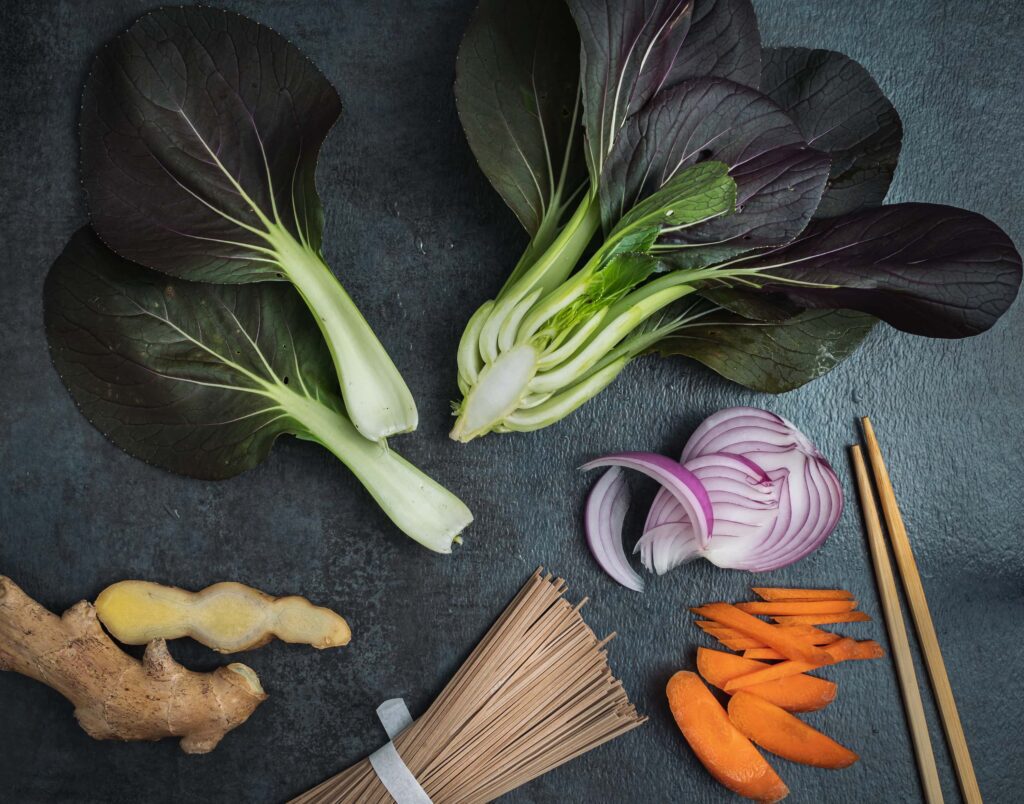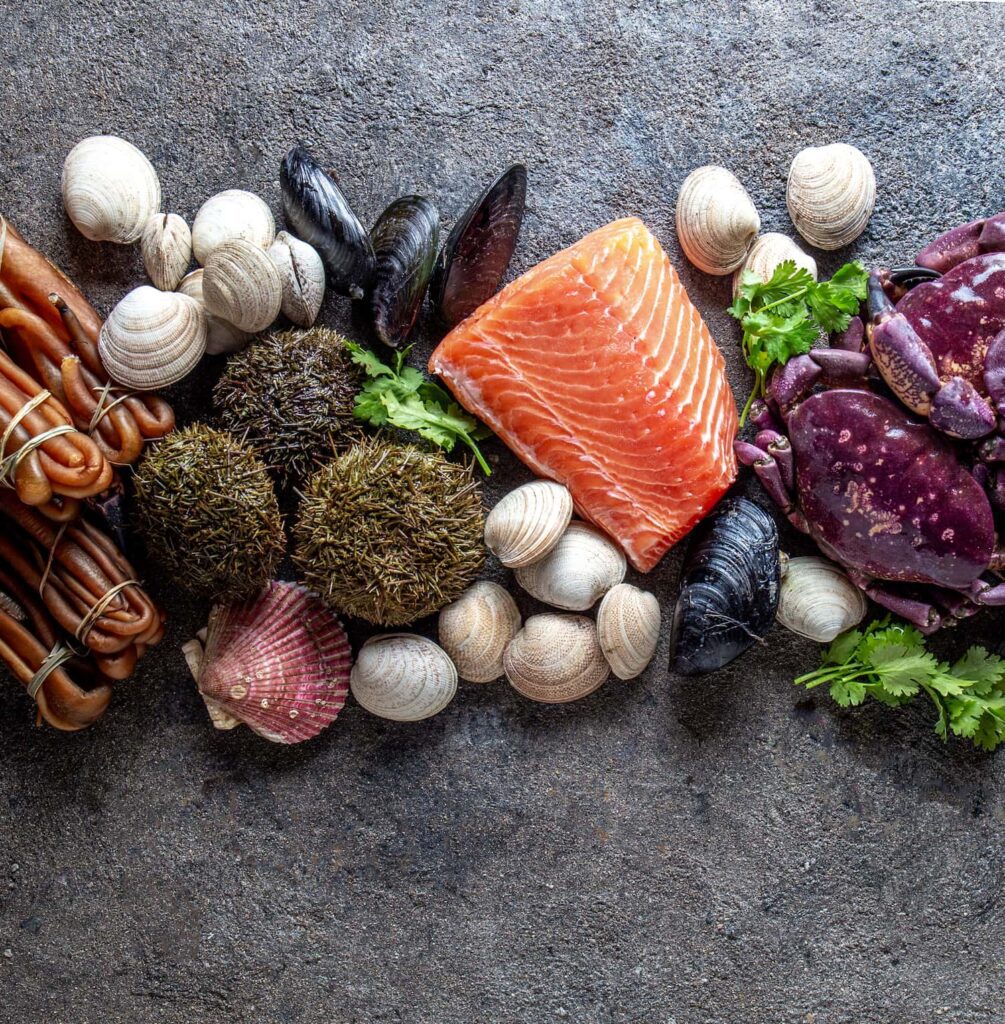Traditional Japanese Side Dishes to Complement Your Meal
Everyone loves a good side dish. Whether it’s fries, mashed potatoes, or a side salad for the health-conscious, these additions help complete a meal. But those are more American classics—what about Japanese side dishes, known for their variety and seasonal flair?
If you’ve been to a Japanese restaurant before, you are likely familiar with some of them, but there are so many fantastic options.
In this blog, we will go over:
- Traditional Japanese side dishes
- Vegetable-based side dishes
- Healthy side dishes
- Modern side dishes
Let’s get started!
Traditional Japanese Side Dishes
Japanese cuisine is known for its balance, presentation, and seasonal ingredients. Side dishes, or okazu, are an essential part of a traditional Japanese meal, adding texture, color, and complementary flavors to the main course. Here are some classic Japanese side dishes that are commonly served at homes and in restaurants:
Miso Soup
A staple of Japanese meals, miso soup is made from dashi and miso paste, often including ingredients like tofu, seaweed, and green onions. It’s warm, comforting, and full of umami, usually served alongside rice.
Pickled Vegetables
Often called Tsukemono, these colorful pickles range from cucumbers and daikon radish to plums and eggplant. Tsukemono provides a tangy crunch that cleanses the palate and aids digestion. They’re often served in small portions to enhance the variety of flavors.
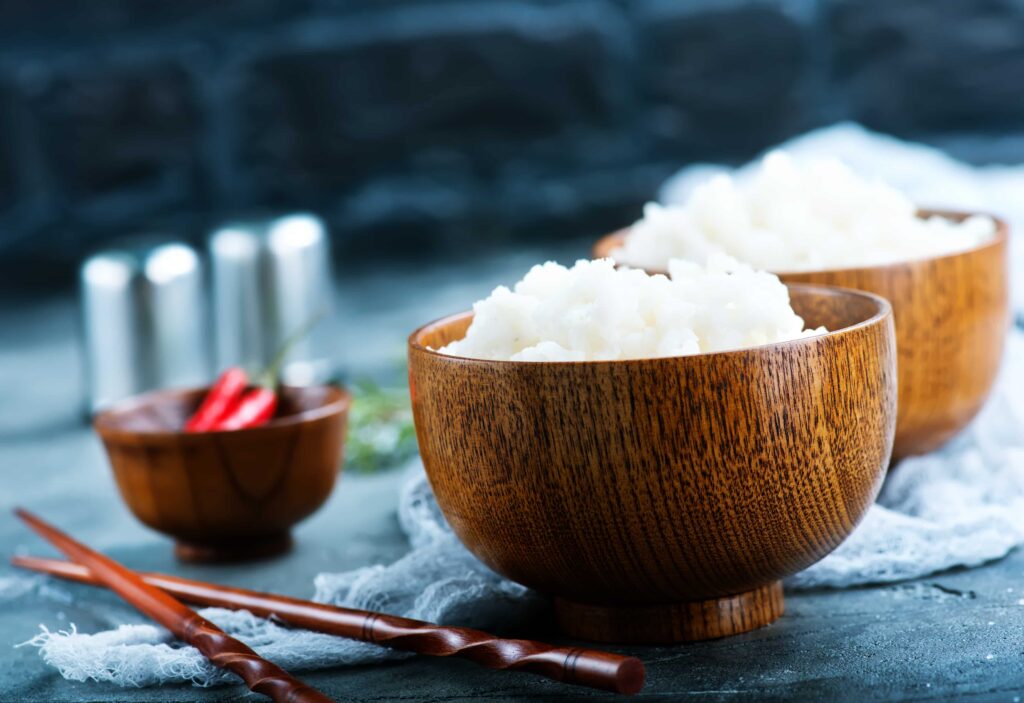
Rice
Steamed white rice is the foundation of almost every Japanese meal. While it may seem simple, properly cooked rice is fluffy, slightly sticky, and neutral in flavor, allowing it to pair beautifully with bolder dishes.
Tempura
Tempura consists of seafood or vegetables lightly battered and deep-fried to crispy perfection. Common tempura items include shrimp, sweet potato, and green beans. It’s typically served with a dipping sauce made from soy sauce, dashi, and grated daikon.
Edamame
These young soybeans are boiled or steamed and lightly salted. Edamame is a healthy, protein-packed appetizer or side dish, often served in the pod and enjoyed with a sprinkle of sea salt.
Japanese Potato Salad
Unlike Western versions, Japanese potato salad is creamier and includes mashed potatoes mixed with mayonnaise, cucumbers, carrots, and sometimes ham or boiled egg. It’s a popular dish at home and in bento boxes.

Agedashi Tofu
Agedashi tofu is deep-fried silken tofu served in a hot soy-based broth with grated daikon, green onions, and bonito flakes. The tofu is crispy on the outside, soft inside, and soaks up the flavorful sauce beautifully.
Vegetable-Based Side Dishes
Vegetables play a central role in the Japanese diet, inspiring a wide range of vegetable-based side dishes that are both flavorful and nutritious. These dishes are not only nutritious but also showcase the Japanese approach to seasonality, texture, and balance.
Kimpira Gobo
This dish features thinly sliced burdock root (gobo) and carrot sautéed in sesame oil, then simmered in a sweet and savory sauce of soy sauce, mirin, and sugar. It has a slightly crunchy texture and a rich, earthy flavor. Kimpira gobo is a great example of how humble root vegetables are elevated in Japanese cooking.
Nimono
Nimono refers to vegetables simmered in a lightly sweet soy-based broth, often made with dashi. Common ingredients include carrots, daikon, lotus root, and konnyaku. Sometimes proteins like chicken or tofu are added, but the vegetables remain the highlight. Nimono is warm, comforting, and ideal for showcasing seasonal produce.
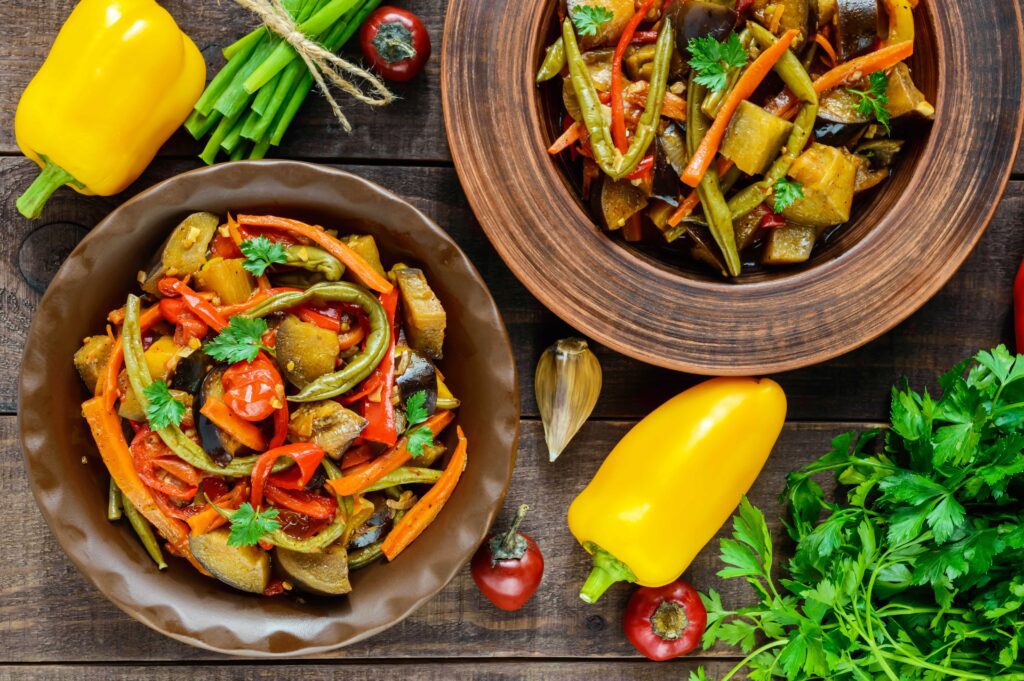
Ohitashi
Ohitashi is a simple preparation where leafy greens—most commonly spinach—are lightly blanched and soaked in a soy-dashi broth. The result is a refreshing, umami-rich side dish that’s served chilled or at room temperature and often garnished with bonito flakes or sesame seeds.
Hijiki Seaweed Salad
Hijiki is a dark, slightly chewy seaweed rich in minerals and fiber. In this salad, it’s simmered with vegetables like carrots and soybeans in a lightly sweetened soy sauce. The dish is both nutritious and flavorful, with a deep, savory taste and satisfying texture.
Healthy Side Dishes
Many Japanese side dishes are naturally healthy, emphasizing plant-based ingredients, light seasonings, and cooking methods that preserve nutrients. These dishes are perfect for those seeking balanced, nourishing additions to their meals without sacrificing flavor.
Goma-ae
Goma-ae is a vegetable side dish dressed in a nutty sesame sauce made from ground sesame seeds, soy sauce, and sugar. Spinach is the most common base, but green beans or broccoli can also be used. It’s rich in flavor yet light in texture, offering a pleasant contrast to heavier main dishes.
Chilled Tofu
This refreshing dish features silken tofu served cold and topped with garnishes like grated ginger, green onions, bonito flakes, or soy sauce. High in protein and low in calories, chilled tofu is a staple of summer meals and highlights tofu’s delicate, creamy texture.
Shiraae
Shiraae is a mashed tofu salad where vegetables like spinach, carrots, and konnyaku (yams) are mixed with a seasoned tofu dressing. The dressing typically includes miso, sesame, and mirin, resulting in a mildly sweet and savory dish that’s both protein-rich and fiber-packed.
Sautéed Mushrooms
A medley of mushrooms—such as shiitake, enoki, and shimeji—is gently sautéed in a small amount of sesame oil and seasoned with soy sauce or ponzu. Mushrooms provide umami and a meaty texture without added fat, making this dish a healthy, satisfying complement to any meal.
Innovative and Modern Side Dishes
While Japanese cuisine is deeply rooted in tradition, contemporary chefs and home cooks continue to experiment with new ingredients and dietary preferences. These modern side dishes maintain the spirit of Japanese cooking while incorporating global influences and health-conscious twists.
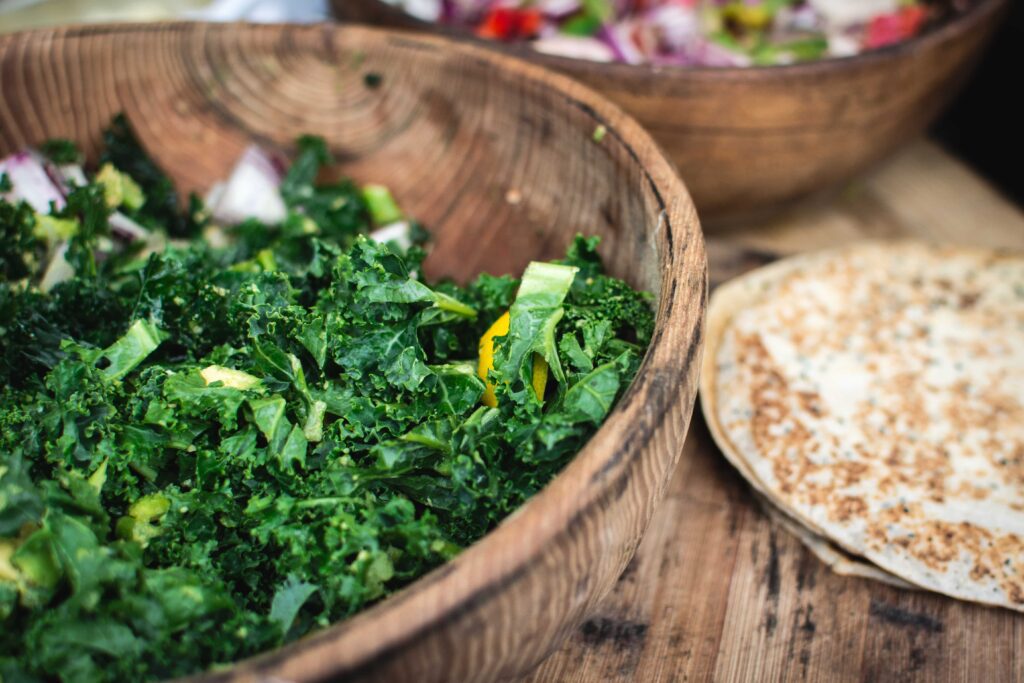
Kale Salad with Sesame Dressing
A modern take on the classic goma-ae, this dish swaps spinach for kale, adding a hearty texture and nutritional boost. The kale is often massaged to soften the leaves and then tossed with a savory sesame dressing made from toasted sesame oil, soy sauce, and rice vinegar. It’s a flavorful way to incorporate superfoods into Japanese-inspired meals.
Avocado and Cucumber Sunomono
Traditional sunomono (vinegared salads) typically feature seafood or wakame with cucumbers, but this modern variation adds creamy avocado for a refreshing East-meets-West twist. The dish is dressed with a light rice vinegar marinade and may include a sprinkle of sesame seeds for texture and added flavor.
Vegan Tempura
Tempura is reimagined for plant-based eaters by using only vegetables such as sweet potato, zucchini, bell pepper, and mushrooms. The batter is made without eggs, using sparkling water or a vegan-friendly flour blend for crispiness. Served with a soy-based dipping sauce, vegan tempura still offers the same satisfying crunch with a modern, ethical approach.
How to Incorporate Japanese Side Dishes
Japanese side dishes are designed to complement the main course, not overpower it. Whether you’re serving sushi or a hearty entrée, these small plates bring variety, balance, and nutritional value to the meal. Here’s how to pair them thoughtfully:
Pairing with Sushi
Sushi, with its clean flavors and emphasis on fresh fish and vinegared rice, pairs best with light, refreshing sides. Miso soup is a traditional choice that warms the palate without overshadowing delicate sushi flavors. Pickled vegetables like tsukemono add a bright, acidic note that helps cleanse the palate between bites. For a cool, modern twist, try Avocado and Cucumber Sunomono, which mirrors sushi’s balance of vinegary, creamy, and crisp textures.
Ohitashi and Hijiki Seaweed Salad also make excellent companions for sushi, offering mild umami and a touch of earthiness that won’t compete with the fish. For a bit of crunch, Edamame or a small portion of Vegan Tempura can round out the meal.
Serving with Main Entrées
When serving heartier main dishes like grilled fish, teriyaki chicken, or a rice bowl, you can opt for more robust side dishes. Kimpira Gobo and Nimono bring depth and warmth, while Japanese Potato Salad offers a creamy, satisfying contrast. Sautéed Mushrooms and Shiraae pair beautifully with protein-rich entrées, adding plant-based nutrition without heaviness.
For vegetarian or lighter meals, Chilled Tofu and Goma-ae provide protein and flavor with minimal calories. Want a modern flair? Kale Salad with Sesame Dressing adds texture and health benefits, while still fitting into the overall Japanese flavor profile.
Try All of the Side Dishes at Kobe
Now that you’re familiar with all of the options available to you, you may consider ordering a meal that only consists of these side dishes! Luckily, Kobé Japanese Steakhouse offers many traditional and modern Japanese side dishes for you and your family.
Try a variety of them during one of our teppanyaki dining experiences or order a few to share among your family and friends!
Reserve your table now or so you can eat at home.
